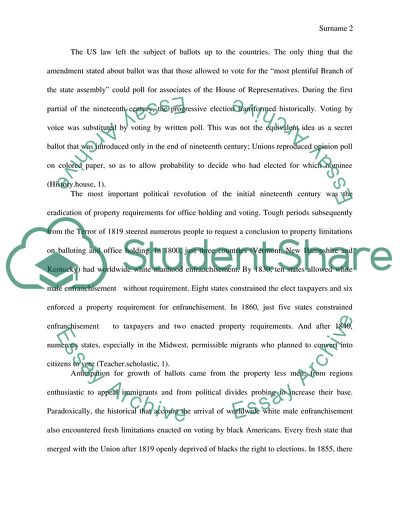Cite this document
(History Of Women's Suffrage Essay Example | Topics and Well Written Essays - 1500 words, n.d.)
History Of Women's Suffrage Essay Example | Topics and Well Written Essays - 1500 words. https://studentshare.org/gender-sexual-studies/1876797-women-rights
History Of Women's Suffrage Essay Example | Topics and Well Written Essays - 1500 words. https://studentshare.org/gender-sexual-studies/1876797-women-rights
(History Of Women'S Suffrage Essay Example | Topics and Well Written Essays - 1500 Words)
History Of Women'S Suffrage Essay Example | Topics and Well Written Essays - 1500 Words. https://studentshare.org/gender-sexual-studies/1876797-women-rights.
History Of Women'S Suffrage Essay Example | Topics and Well Written Essays - 1500 Words. https://studentshare.org/gender-sexual-studies/1876797-women-rights.
“History Of Women'S Suffrage Essay Example | Topics and Well Written Essays - 1500 Words”. https://studentshare.org/gender-sexual-studies/1876797-women-rights.


